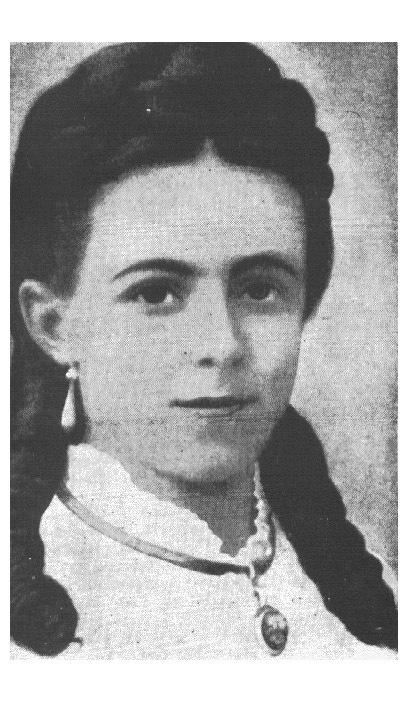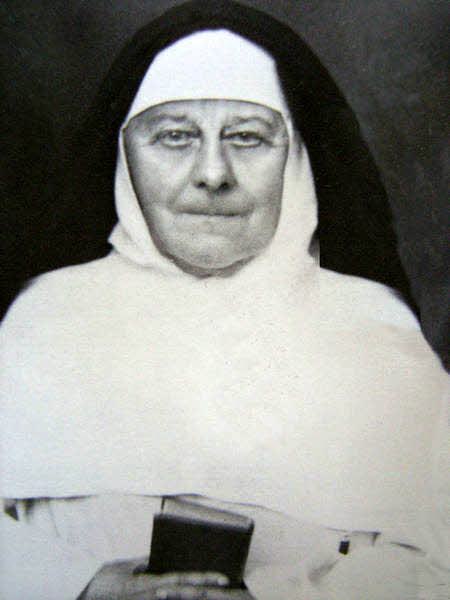Old Age: Decrepitude or Glory?
Saint Mary Euphrasia Pelletier was born in the island of Noirmoutier of pious parents on July 31, 1796, and received in baptism the name of Rose Virginia. She entered the community of the Refuge” of Tours in 1814, and made her profession in 1816, taking the name of Mary Saint Euphrasia. She became first mistress of the penitents, a short time after her profession, and about eight years later was made superioress of the house of Tours. Desirous of extending the benefits of her order to the very extremities of the earth, she clearly saw that a central government, a mother-house, should be established. With help from Pope Gregory XVI, she founded Our Lady of Charity of the Good Shepherd of Angers. She died in April 29, 1868, and her feast is celebrated on April 24. --- Note of the editor

Saint Mary Euphasia Pelletier, born in the Vendée, France, in 1796, foundress of a teaching order of nuns, died in 1868. Her feast day is celebrated on April 24.
How the modern world, caught up in sensuality, deceives itself when it sees only decadence in aging. When one knows how to esteem the spirit more highly than the body, growing old is to grow into what is most noble, the soul. Although aging does entail bodily decadence, this is only the material element in the human person. The body may indeed lose its beauty and its vigor, but it may enrich itself with the translucence of a soul that knew how to develop and grow along the course of life. This translucence constitutes the highest beauty the human face may acquire.
During her life, nothing representing beauty was lacking to her youth: the crispness of her features, the beauty of her eyes and her flawless skin, the distinction of her face, the nobility of her bearing, the vigor and grace of youth. Moreover, the splendor of a clear, logical, vigorous and pure soul was reflected on her face. She was a magnificent example of a young Christian maiden.

Now behold her in her old age. There remains but a dim reflection of her youthful charm. Yet another beauty, a higher one, shines in that admirable face. Her gaze has grown profoundly; a noble and imperturbable serenity foretells the transcendental and definitive nobility of the blessed in heavenly glory. Her face conserves the marks of the arduous battles of the interior and apostolic life of the saints, showing a form of strength, of completeness, of the immutable—it is maturity in the most beautiful sense of the word. The mouth is finely expressive, conveying the temper of iron. Great peace and kindness with neither romanticism nor illusion, but with some remnant of the former beauty, still shines in this face.
The body has declined, but the soul has grown so much that now it is all in God, leading one to recall Saint Augustine’s statement, “Thou hast made us for Thyself, Lord, and our heart is restless until it rests in Thee.” Who would dare affirm that for Saint Mary Euphrasia growing old was growing decadent?
(*) This article was originally published in the magazine Catolicismo, Issue #23, November 1952. It has been translated and adapted for publication without the author's revision. –Ed

